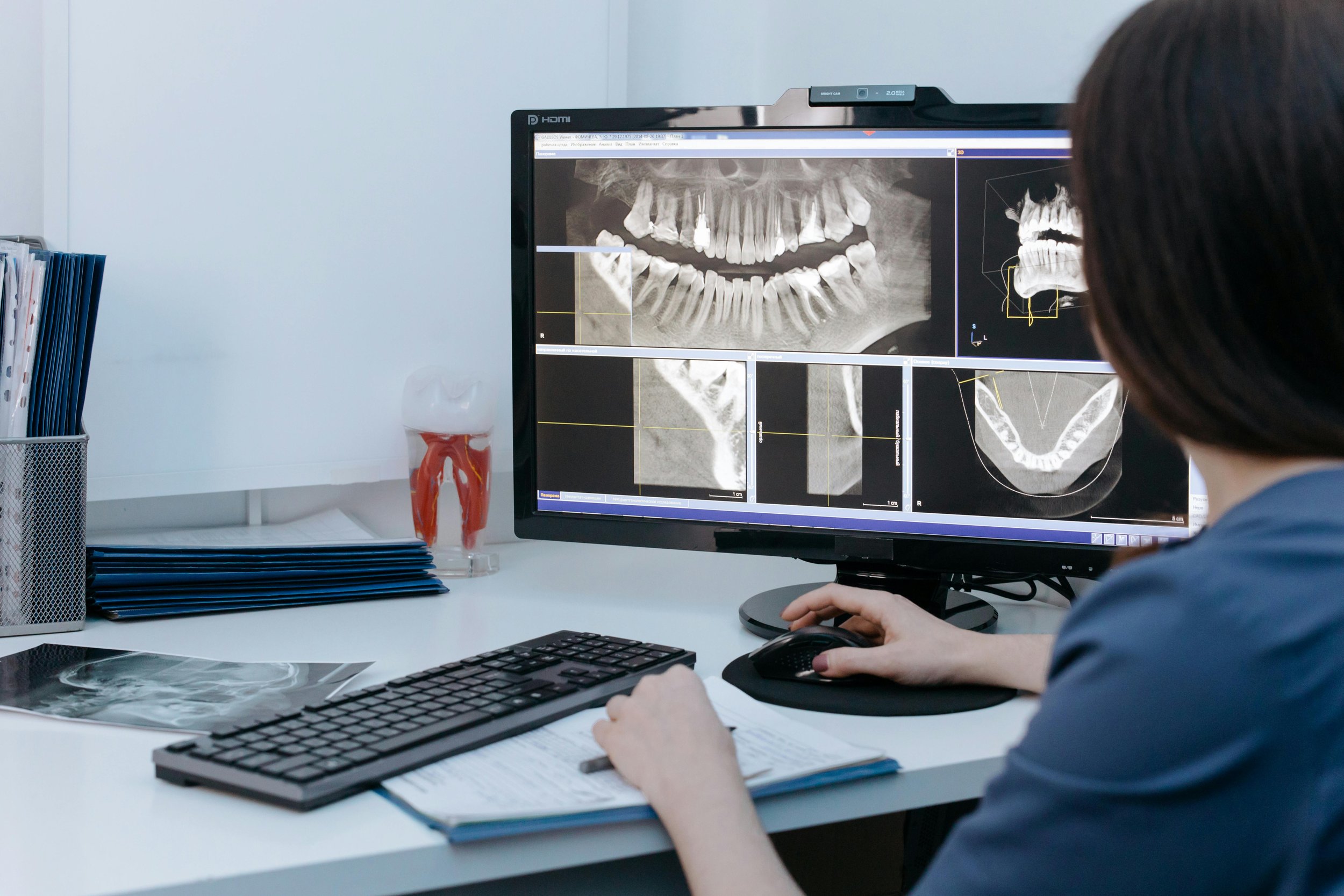
Don't Let Knee Woes Go Unchecked
By Dr. Koco Eaton
The knee bones are covered with cartilage. Cartilage is similar to a Teflon coating on a frying pan. It allows for low-friction motion and is a protective coating for the bone. Damage to the cartilage may result in pain and swelling in your knee.
A torn meniscus could also cause pain and swelling. The meniscus is a piece of tissue between the two knee bones that acts as a shock absorber. Because the meniscus has a poor blood supply, it is prone to tear over time.
If symptoms in your knee have persisted over a period of time, an MRI may be necessary to evaluate the knee. MRI - magnetic resonance imaging - is a tool for evaluating bone and soft tissue. Although your body is 85 percent water, the percentage of water in each tissue varies. The MRI can project a black and white picture of the tissue based on a different water content of each tissue.
If there is a significant tear in the meniscus or damage to the cartilage, arthroscopic surgery may be needed. Arthroscopy is a surgical technique that uses advancements in fiber optics. The arthroscope is an instrument the size of a ballpoint pen. An incision is made just large enough to allow the scope to fit into your knee. Using the scope, the surgeon is able to see the entire knee joint. Through a second incision, instruments are introduced into the knee joint to repair or remove what damage is found.
Arthroscopy is an outpatient procedure, and you will be on crutches for a few days. Your prognosis is determined by the damage found during surgery. If the meniscus is torn, it will be a matter of weeks before you are able to resume running. However, if the cartilage is damaged, then your recovery will be measured in months. You may actually feel worse for a couple of weeks after surgery. Yet with time and rehabilitation, you will improve. If there is substantial cartilage damage, it may be advisable to stop running and take up cycling or swimming to protect the knee joint.
